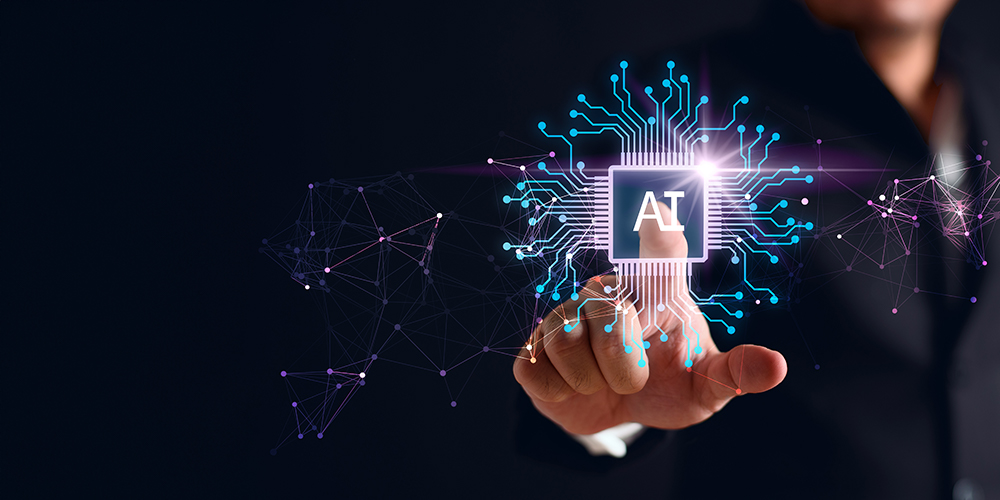Artificial Intelligence seems to be the hot topic nowadays, in the business world and the world at large. Many of us use the technology, whether we know it or not. Visitors to a website see that chat window pop up, and it seems like a real person is on the other end. Because of AI, it is often a chatbot simulating personal interaction. With the rollout of Generative AI in the form of ChatGPT, previously unknown possibilities have arisen. Artificial Intelligence has the potential to boost business productivity but also carries risk. Read on to learn more about how to harness this technology for the benefit of your business while considering risks of its use.
ChatGPT Has Started a New Conversation
Recently, CompTIA published a blog post about how generative IT has created great potential to enhance everything we do, but also brings up serious questions. The article cites questions for business leaders to ask. One is, can you harness AI to improve your operations and offerings, and should you? What benefits does AI offer, and what risks? And what do customers want? As with all tech innovations, considering business goals first is key, and how the technology can be implemented to achieve these goals. One theme that stands out from the article: proceed, but with caution.
Benefits Come with Considerations
Some members of the CompTIA board of directors cite specific ways they’ve benefited from AI technology. For example, one is able to upload documents like contracts and let AI find any red flags ahead of time, reducing legal costs. Or an email scheduling app can remind a user of upcoming appointments, almost in the same way a human would. Perhaps AI could be used on a video call to summarize main points and come up with directions for what to do next. With AI, especially applications like ChatGPT, come different considerations.
Potential Risks of Generative AI
According to Scott Barlow, one of the authors, “previous technologies helped organizations to grow faster and scale. AI will take that to the next level and enable everyone to be more productive.” He goes on to say that it comes with more risks than other applications. Errors, or “hallucinations” can happen, where the accuracy of the model deteriorates. One model’s ability to respond correctly to math questions dropped from 93% to 30%, according to Barlow. Aside from this, data may be biased, leading the algorithm to generate content that may unfairly exclude others. And how transparent is the model’s process of generating the result? Explainability is another issue–how did the large language model (LLM) used find the result it did.
One of the big risks is security. For starters, even though AI has potential to spot threats, it could also enable even an amateur hacker to write malware into code and distribute it via a sophisticated phishing email, or simply find other ways to intrude into your company’s network. Companies will need to consider access controls, such as which LLMs they allow their workers to use. Additionally, this use needs to be protected by a firewall and must not access an organization’s intellectual property. Protecting customers’ personally identifiable information is also paramount. Artificial intelligence also has the potential to value efficiency over interacting with people, another thing to think about preventing. While people enjoy using AI in the form of ChatGPT and what it generates, they still need to interact with a human. Or they need to be given that choice.
While AI’s capabilities and potential are exciting, we still need to proceed carefully and watch out for risks. For further guidance, contact your trusted technology advisor today.
